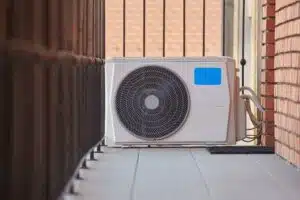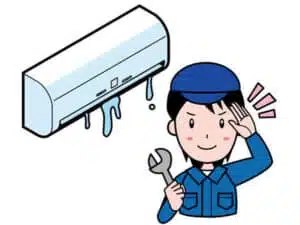The air exchanger is a device that improves the level of comfort inside a home. It balances the air pressure by reducing the humidity level in the rooms to the ideal rate which is between 40-45%. However, in order for this device to work normally and you get all its benefits, it must be installed in the right way. In order to know how to do this, we invite you to read the following to master everything about the installation of an air exchanger in an old house.
Set a good location
To properly install an air exchanger, you must first identify a good location for it. The place must be easily accessible to promote maintenance tasks, filter replacement or repair if necessary. Similarly, the place must be heated so as not to allow the formation of frost. When this occurs, it prevents the normal operation of the device and leads to its deterioration. Also, you must at all costs, avoid installing it in your garages, which are actually places of deposit for many contaminants.
These could be spread in the air of your interior, when the exchanger starts. Outside the garage, make sure you don’t install the device in a busy room or near a bedroom. This is important in order to preserve the tranquility of those who live there. On the other hand, the perfect space for this type of device is the basement. You can during installation, suspend it to reduce the vibrations and noises it emits.
Take certain precautions
When installing the air exchanger, you need to pay attention to certain parameters related to the layout of the air vent and air intake. It is important that the latter be raised at least 18 inches from ground level. In addition, the air vent must be separated by a distance of at least 72 inches from the air intake.
Also, be sure to equip the air exhaust vents with filters to block the entry of dust into the air of the house. At the same time, be sure to place grids at the tip of the extraction and evacuation vents. This will prevent the entry of small undesirables or rubbish into the rooms.
Choose the right format and the ideal location of the ventilation grids
During the installation of the air exchanger, it is important that the returns of stale air take place in damp rooms. You must then ensure that they are not done in the rest of the house. Similarly, make sure that the fresh air outlets are located as far away from the thermostats as possible. As for the location of the grids, avoid placing them near the exit of a room, so that the air does not go into the corridors.
In addition, do not opt for small formats of ventilation grids, as they will not produce a significant air flow. Be aware that when the air flow is insufficient, fresh air remains at ground level and warm air rises to the ceiling. Because of this, it does not promote optimal operation of the device.
Opt for rigid duct models
We strongly recommend that you choose rigid duct models at the expense of those that are flexible when buying. This is essential, as rigid ducts promote good air circulation and better energy efficiency. They have other advantages such as:
- ease of cleaning;
- No compression;
- the non-use of support during their installation;
- non-accumulation of dust.
We remind you that regardless of the model of air exchanger, it is necessary to think about insulating the ducts. This will prevent the occurrence of problems related to condensation or mold. To do this, it is advisable that the thermal resistance of the pipes is at least 0.7 (R4).
Don’t forget to drain the condensation water
Finally, you must make sure to evacuate the condensation water into a soil drain. Also, never attempt to drill the concrete slab because of moisture problems that may result. Moreover, the building code formally prohibits it. This is also due to the potential radon fumes that could seep into the home.
In addition, your Air Conditioning Solution Air technician offers to take care of the installation of your air exchanger in Montreal. Whether it is the installation, repair or maintenance of any type of air conditioning unit, we have the best team to carry them out. Do not hesitate to contact us!



